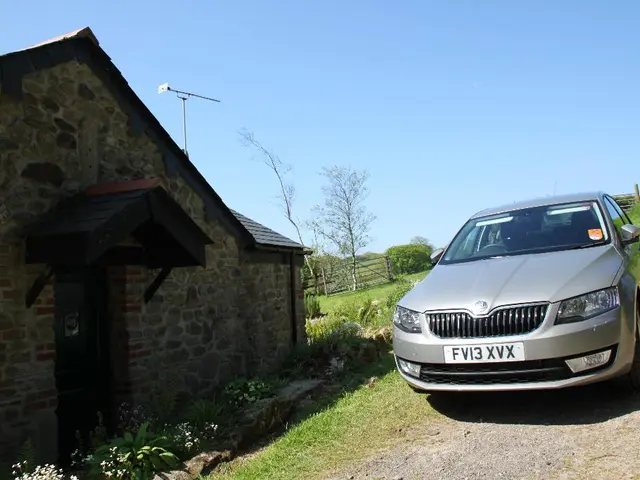Soaring Geothermal Heat in Lower Saxony!
Expansion of Geothermal Energy Plants in Lower Saxony - Expansion of Geothermal Energy Plants in Lower Saxony
Got your attention? Here's the lowdown on geothermal energy in Lower Saxony, a fascinating topic indeed!
An impressive surge in geothermal heat adoption has hit Lower Saxony! Shall we break it down? Remember, there are now 26,600 geothermal energizers (aka shallow geothermal plants) humming away across the state. That's double the number just two years ago! These babies dig heat from up to 400 meters beneath the surface, according to a report from the Lower Saxony State Office for Mining, Energy, and Geology in Hannover.
But here's the twist—the boom in installations has slowed a tad. While the number of new projects skyrocketed from 2018 to 2022, peaking around 2,500 new babies a year, it dropped to 1,500 in 2024. What gives? Well, those new plants are more powerful and can reach depths previously unseen, says Hans-Jürgen Brauner, head honcho at the LBEG's Geothermal Service. In other words, though fewer plants are being built compared to the past, the new ones are bigger and badder!
Now,, what about the deep diggers? The LBEG's report didn't spill the beans on the deep geothermal plant scene in 2024. But you can bet Lower Saxony's got its sights set on geothermal energy's exciting future!
The Geothermal Leaders of Lower Saxony
It won't come as a shock that the Emsland region is the frontrunner in terms of geothermal plants, with a whopping 3,100 and counting! Hannover takes second place with 2,300, followed closely by Cloppenburg with 1,300. Harburg, Osnabrück, and Bentheim each have over 1,000 plants, making them notable players in Lower Saxony's geothermal heat game.
But where's the action in the Harz, Lüneburger Heide, Wendland, and Solling regions? The LBEG hints at the low population density to blame for the scarcity of geothermal plant installations in those areas.
For more deets on shallow and deep geothermal energy in Lower Saxony, check out the study the LBEG carried out, gathering data from the responsible licensing authorities.
Enrichment insights:
- Innovation in Building Operations: Sartorius's new lab building in Lower Saxony harnesses geothermal energy from the state's largest geothermal field, providing heating and cooling.
- Deep Geothermal Energy Research: The GFZ (Helmholtz Centre Potsdam) jumps into the deep end of geothermal energy innovations, partnering on large-scale geothermal events.
- Promising Geological Potential: Lower Saxony's geology offers hope for future geothermal reservoir coring and new seismic data analysis, setting the stage for potential expansion.
Community policy should be established to further incentivize the adoption of geothermal energy in industries, considering the significant growth in shallow geothermal plants in Lower Saxony's environmental-science sector. Finance and energy industries should collaborate to finance large-scale deep geothermal projects, tapping into the promising geological potential in regions like the Harz, Lüneburger Heide, Wendland, and Solling for increased energy production. The science community, particularly the GFZ, should intensify research and development efforts in geothermal energy technologies to create more efficient and powerful deep diggers, in line with Lower Saxony's ambitions for a sustainable energy future.








